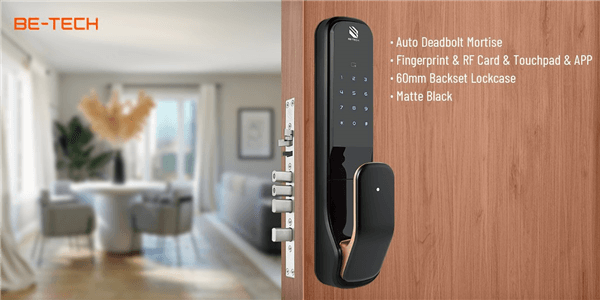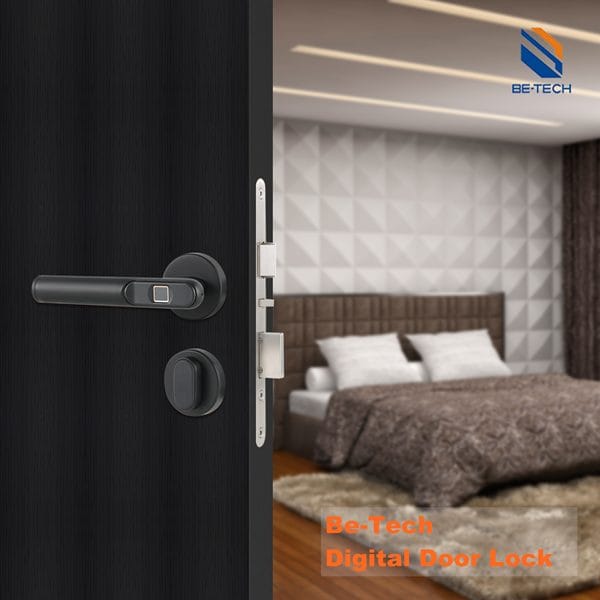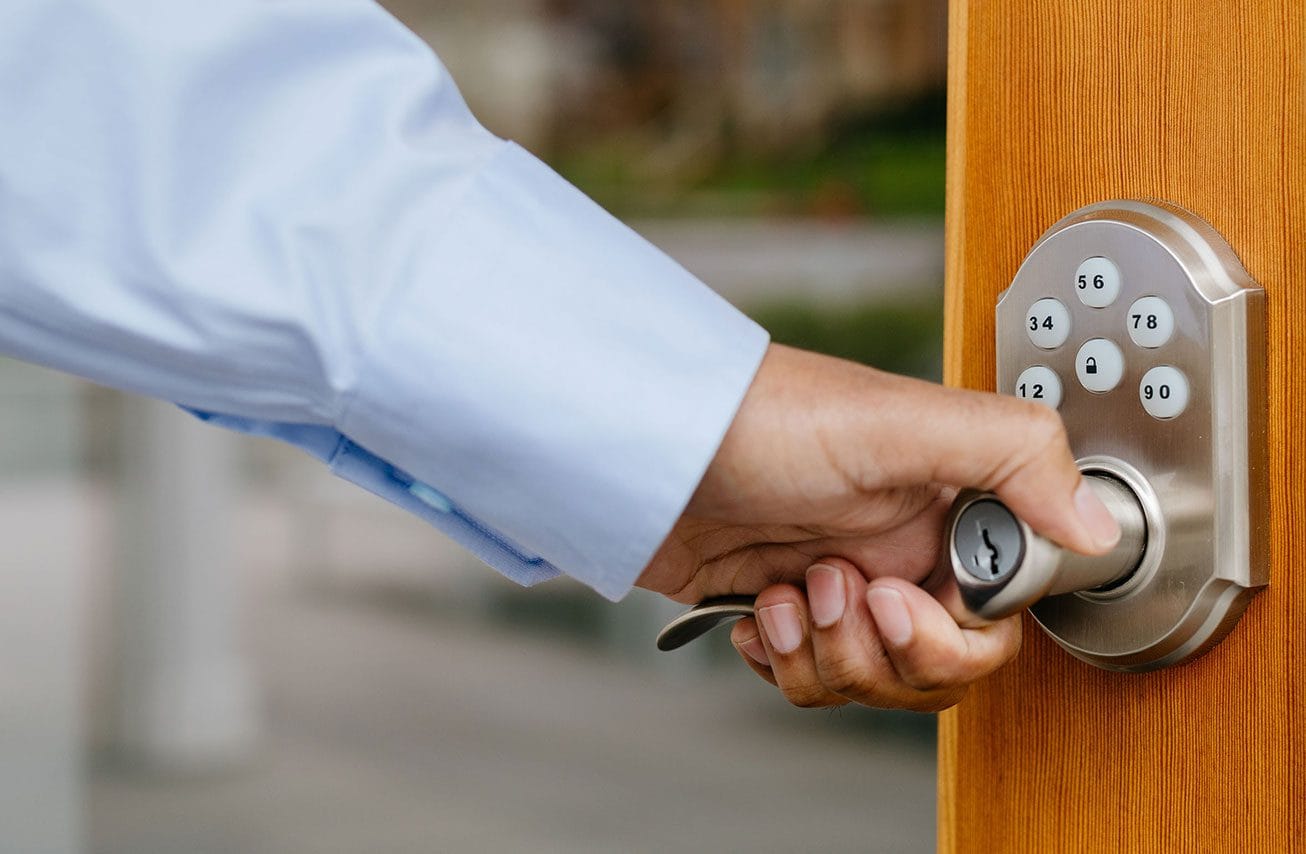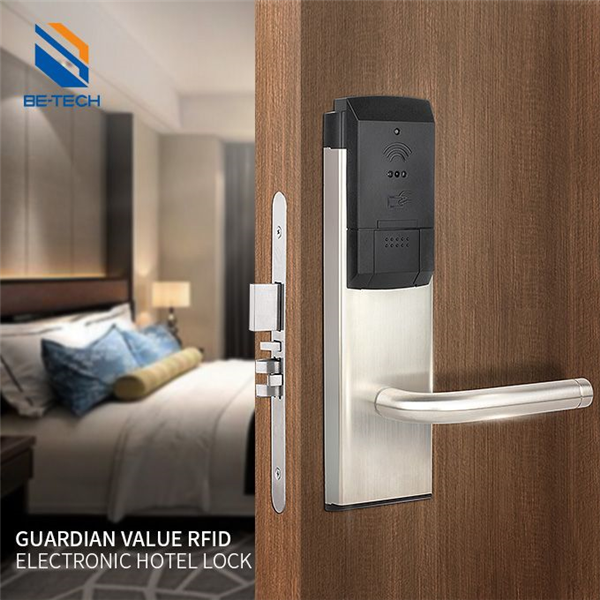In today’s rapidly advancing technological landscape, home security has evolved significantly. One of the most innovative and effective solutions to emerge is the fingerprint door lock. This article delves into the future of home security, exploring the benefits, technology, and practical applications of fingerprint door locks.
Introduction to Fingerprint Door Locks
Fingerprint door locks represent a significant leap forward in home security technology. Unlike traditional locks that rely on physical keys or passcodes, fingerprint locks use biometric data to grant access. This method is not only more secure but also incredibly convenient.
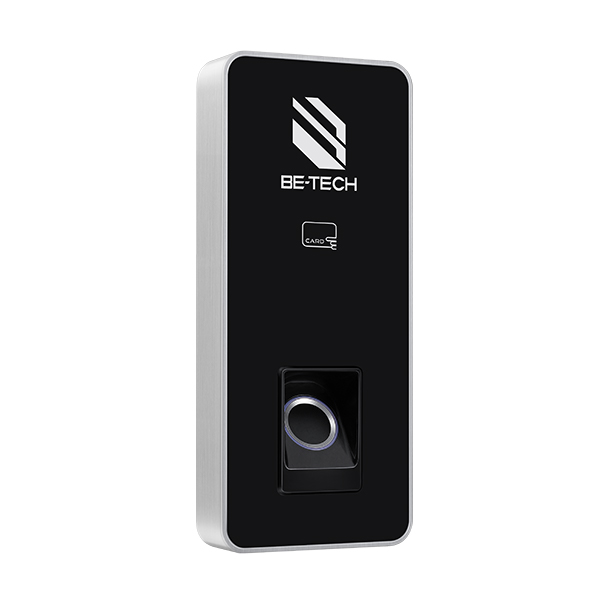
What Are Fingerprint Door Locks?
Fingerprint door locks are a type of biometric security system that uses unique fingerprint patterns to unlock doors. These locks are designed to provide high security and ease of access, making them ideal for both residential and commercial properties.
How Do They Work?
Fingerprint door locks operate using various types of sensors to capture and analyze fingerprint data. The most common types of sensors include:
- Optical Sensors: These sensors work like a camera, capturing a visual image of the fingerprint.
- Capacitive Sensors: These sensors use electrical currents to map the fingerprint’s ridges and valleys.
- Ultrasonic Sensors: These sensors use sound waves to create a detailed 3D image of the fingerprint.
Once the fingerprint is scanned, the system compares it to stored data to verify the user’s identity. If the fingerprint matches, the door unlocks.
Benefits of Fingerprint Door Locks
Enhanced Security
Fingerprint door locks offer a higher level of security compared to traditional locks. Since fingerprints are unique to each individual, the risk of unauthorized access is significantly reduced. Additionally, these locks often come with advanced features such as tamper detection and encryption protocols to further enhance security.
Convenience
One of the most significant advantages of fingerprint door locks is convenience. Users no longer need to carry keys or remember passcodes. A simple touch of a finger is all it takes to unlock the door. This is particularly beneficial in situations where users have their hands full or need quick access.
Keyless Entry
Fingerprint door locks eliminate the need for physical keys, which can be lost, stolen, or duplicated. This not only enhances security but also reduces the hassle of managing multiple keys.
Integration with Smart Home Systems
Many fingerprint door locks can be integrated with smart home systems, allowing users to control and monitor access remotely. This integration can include features such as temporary access for guests, entry logs, and real-time notifications.
Technology Behind Fingerprint Door Locks
Optical Sensors
Optical sensors are one of the oldest and most reliable methods for fingerprint recognition. They work by capturing a digital image of the fingerprint and using algorithms to identify unique patterns. However, their effectiveness depends on the quality of the captured image and adequate lighting conditions.
Capacitive Sensors
Capacitive sensors are commonly used in modern fingerprint door locks due to their high accuracy. These sensors measure the electrical currents between the ridges and valleys of a fingerprint, creating a detailed map. They are less affected by dirt and moisture, making them more reliable in various conditions.
Ultrasonic Sensors
Ultrasonic sensors use sound waves to create a 3D image of the fingerprint. This method is highly accurate and can capture fine details that other sensors might miss. Although not the fastest, ultrasonic sensors are known for their reliability and security.
Practical Applications of Fingerprint Door Locks
Residential Use
Fingerprint door locks are becoming increasingly popular in residential settings. Homeowners appreciate the added security and convenience, especially for front doors, garages, and interior rooms that require restricted access.
Commercial Use
In commercial settings, fingerprint door locks are used to secure offices, server rooms, and other sensitive areas. They provide a reliable way to manage access for multiple employees without the need for physical keys.
Hospitality Industry
Hotels and resorts are adopting fingerprint door locks to enhance guest experience and security. These locks allow guests to access their rooms without the need for key cards, reducing the risk of lost or stolen keys.
Future Trends in Fingerprint Door Locks
Integration with AI and IoT
The future of fingerprint door locks lies in their integration with artificial intelligence (AI) and the Internet of Things (IoT). AI can enhance the accuracy and speed of fingerprint recognition, while IoT allows for seamless integration with other smart home devices.
Advanced Security Features
Future fingerprint door locks will likely include advanced security features such as multi-factor authentication, which combines fingerprint recognition with other methods like facial recognition or PIN codes for added security.
Increased Adoption
As technology becomes more affordable and accessible, the adoption of fingerprint door locks is expected to increase. This will lead to further innovations and improvements in the technology, making it even more secure and convenient.
Conclusion
Fingerprint door locks are revolutionizing the way we think about home security. With their unique combination of enhanced security, convenience, and integration with smart home systems, they represent the future of access control. As technology continues to advance, we can expect fingerprint door locks to become an integral part of our daily lives, providing a seamless and secure way to protect our homes and businesses.
By embracing this cutting-edge technology, homeowners and businesses alike can enjoy peace of mind knowing that their properties are protected by one of the most advanced security solutions available today.


